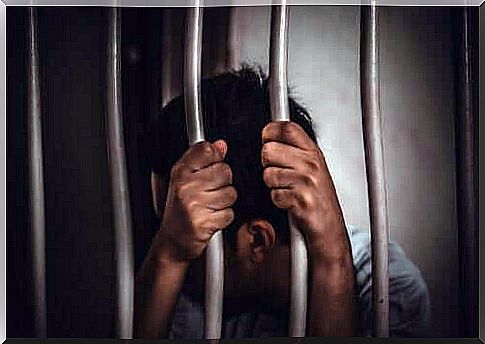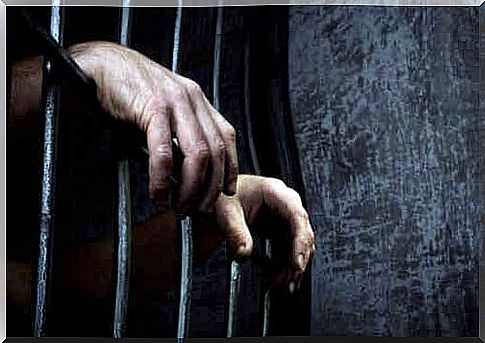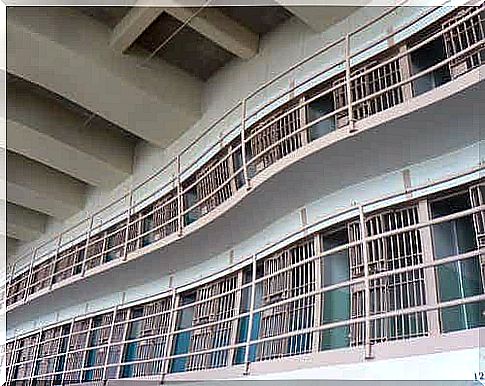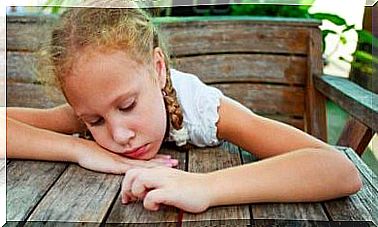Education In Prison – Different Theories And Models

There is a debate about whether education in closed environments such as prisons is effective. Is it a kind of utopia? Will the students see results? While there are many opinions about education in prison, a branch of social education called social prison education can shed light on these issues.
Scarfó (2002) explains that education is the basis for civic identity. “Anyone who does not receive or use this right loses the opportunity to belong to society. He can not participate in a real way or be a real citizen who exercises his rights and fulfills his duties in favor of developing society. ” [translation]
From these ideas, Resolution on Education in Correctional Settings was born. It came out of Education International’s 5th World Congress (Berlin, Germany; July 2007). This resolution explains the need to include social education in prison care.
Education in prison is not just a challenge. It is a right and a deontological principle that should seek to develop each prisoner’s autonomy despite imprisonment. (2)

Prison education theories
Let’s look at some of the different theories about prison education to better understand this particular branch of social education.
Psychopathological theories
This type of theory interprets criminal acts through the lens of individual psychopathological and biological factors. They have been very relevant in criminal history and prison treatment. Authors like Eysenck are good examples of these models. (1)
It is also important to mention that from the social psychological mindset, other authors provide ideas that do not only take into account individual personality factors. (3, 4)
Sociological theories
These types of theories are related to multidimensional and structural factors. Thus, they are based on the idea that systems and social, educational, cultural or familial conditions influence criminal etiology. (1) Some examples are the theory of inequality of opportunity or the theory of social deviation. (5, 6)
Socio-pedagogical theories
Professor Miguel Melendro explains that during the last century we have developed perspectives and models that enrich and improve socio-pedagogical intervention methods for disadvantaged populations.
Some of the disciplines that have played a role in forming socio-pedagogical models for education in prison are thus:
- behavioral approaches
- dynamic perspectives
- constructivism
- systemic family therapy
- competence model
- public information
Socio-educational programs in penal care
According to Garrido and Gómez (1995), prison education has traditionally followed scientific technological models (within the medical framework of the behavioral tradition that seeks adjustment of the subject, and is present in positivist pedagogy).
Classical pedagogical models in prisons try to get students to reproduce certain social frameworks without taking into account contextual and socio-cultural variables. (1)
The programs that prisons often use are generally corrective. They are usually based on behavioral models for reinforcement or punishment. Those who implement these models tend to believe that they are the best option. These models are divided into four groups:
- the psychological and psychoanalytic model
- the biological behavioral model
- the factor model
- the humanistic model
There are also more humanistic and updated models. They are the following:
Participating model
In the participatory model , socio-pedagogical rehabilitation in prison should involve the entire prison community, but especially the prisoners.
The idea is consequently that everyone carries out the process together and that the inmates voluntarily undertake the rehabilitation process. (1, 9)
Autonomy model
These are individualized and group pedagogical programs. (10)
Gender empowerment model
These can have a two-part approach. The first is to help inmates overcome the sociocultural and structural criminalization of women with criminal offenses. (11, 12) The second is to develop equality between men and women in the prison environment. (13, 14)
Knowledge and pedagogical action models
The crucial aspect of these models is an overall consensus on the work inmates do in prison. It also emphasizes inmates’ enjoyment of what they do, and the pedagogical relationship between inmates and teachers. (1)

Liberation models
These models believe that re-entry renews prison interference in the professional and structural dimension. Thus, the challenge is to convert prison rooms and concepts into opportunities for freedom.
As you can see, there are many alternative models for prison education. Nevertheless, it seems that behavioral and individual models still prevail today. Do you think it is possible to develop any of these models in the near future?









